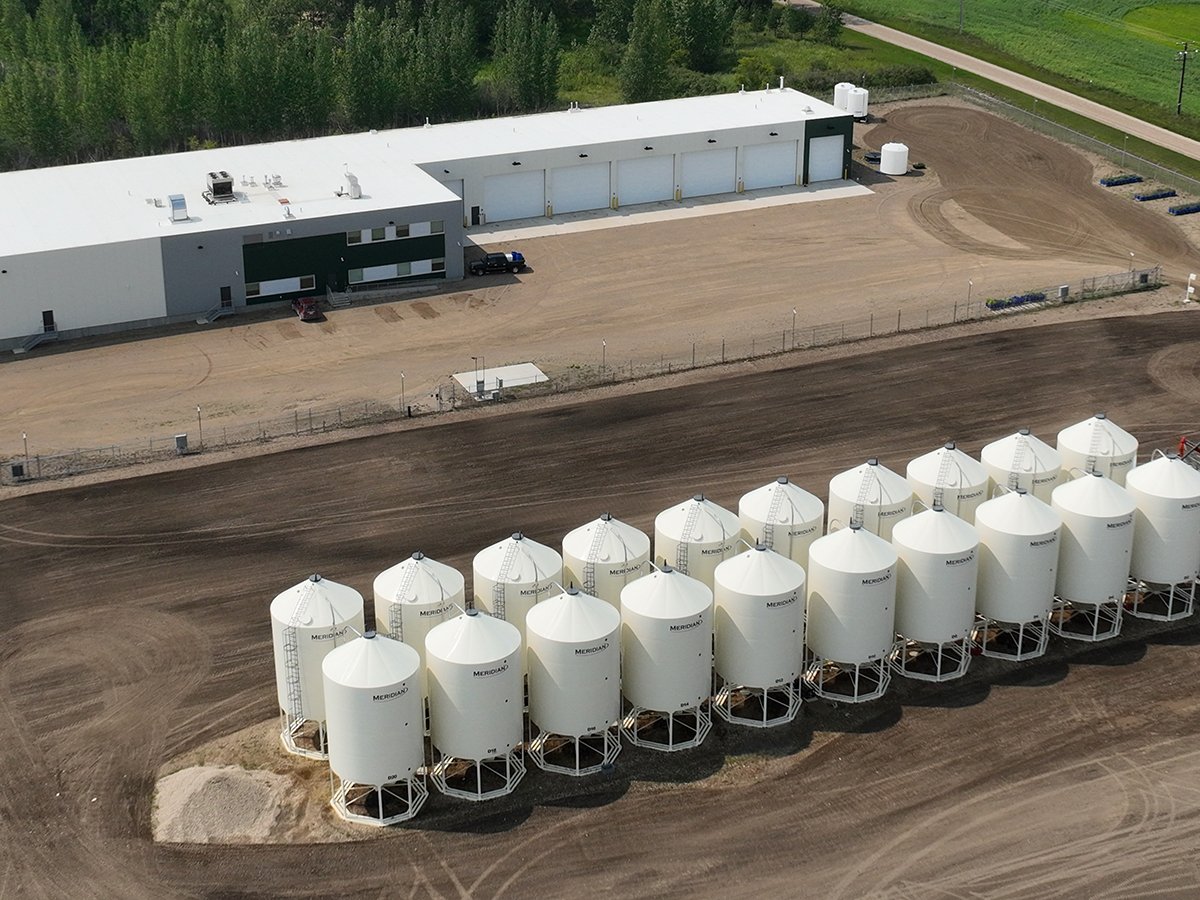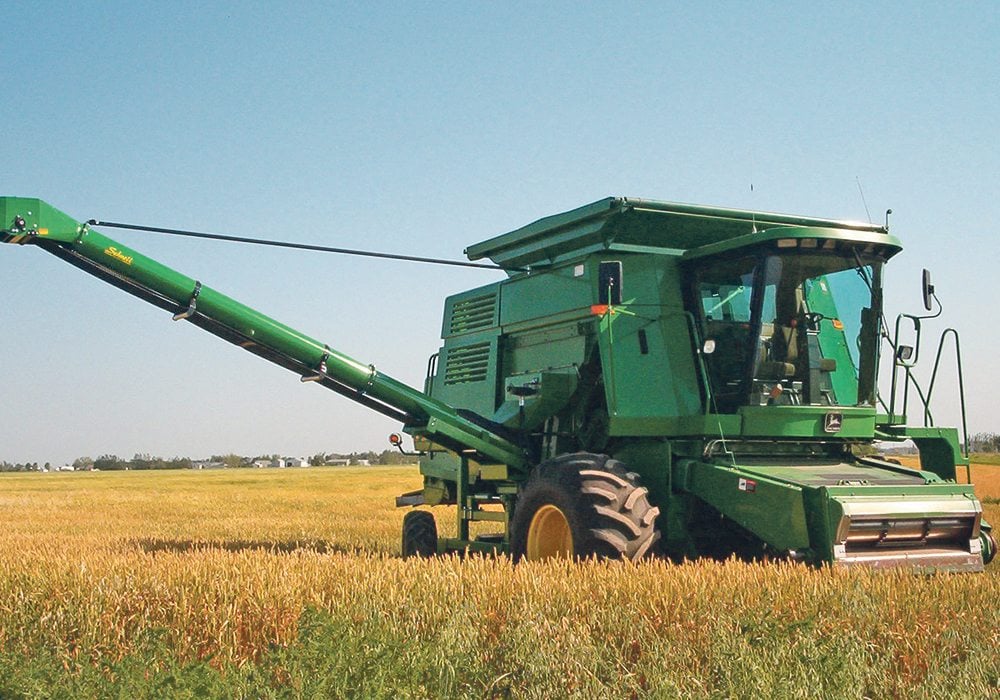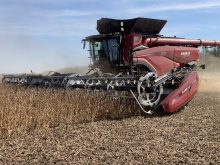Pros
Right-hand unload isn’t exclusive to grain carts. Over the years, a number of combines in bean-growing areas have been modified for conveyors coming out either the left or right side.
“The thing with edible beans is you get docked so bad for splits. Splits can cost you a lot of money,” said Mike Friesen, owner of Elmer’s Welding in Altona, Man.
“There’s kits available to convert some combines to conveyors for beans and pulse crops, but we made our own conveyor conversion.”
Read Also

Saskatchewan firm aims to fix soil with compost pellets
In his business, Humaterra, Leon Pratchler is helping farmers maximize yields in the weakest areas of their fields through the use of a compost pellet.
He said the first step is to reverse the auger. It’s chain driven and it’s on the left-hand side, so it’s simply a matter of flipping the chain to the other side of the sprocket. That’s the easy part, he added.
“Then we needed a gate on the right side of combine. So they cut a hole on the right side of the tank and installed a boot below that to catch the beans. They just drop through the chute onto the conveyor,” he said.
“Some guys have modified their combines so the conveyor is on the left-hand side, which would be easier. Schnell in Winkler makes a conveyor conversion kit, and they’ve sold a lot of those over the years.”
Fred Dueck, owner of Schnell Industries, said the kits for JD 9500 and 9600 combines brought the auger out the right side of the combine because of the design. The kits for newer combines bring the conveyor belt out the left side. The kits list for about $25,000.
“But the demand has really fallen off in the past couple years,” said Dueck.
‘There’s a lot of used kits on the market selling for about $20,000, and some of the new combines are a lot more gentle on beans, so there’s less reason to put on a rubber conveyor.”
One grower in southern Saskatchewan speculated that it would not be difficult or expensive to set up a dedicated bean and pulse combine. He reasoned that used JD 9600 combines are cheap and available, as are used Schnell conveyor kits. A person can streamline the feeder house and other contact surfaces with hockey board or Teflon sheeting.
A variety of used headers and cutter bars can be adapted to cut at ground level, and a number of different air systems help push delicate crops into the header without damaging them.
Pros and cons of the right-hand cart
Australian farmers Simon and Stuart Smart operate Elmer’s right-hand unload grain carts. They offered the following pros and cons.
Pros
- Increased body comfort at the end of long days due to not having to turn across the body to unload.
- Reduced chance of unload error due to a more natural set up.
- Passengers in jump seat do not interfere while unloading.
Cons
- Operator must be careful and patient to fold in auger after each unload.
















